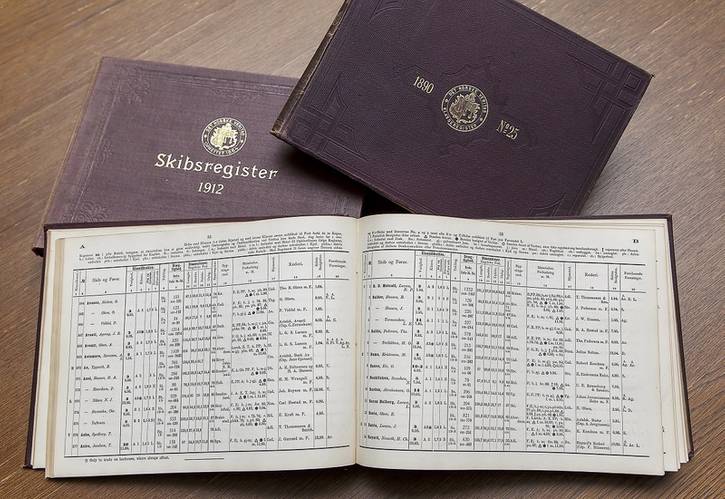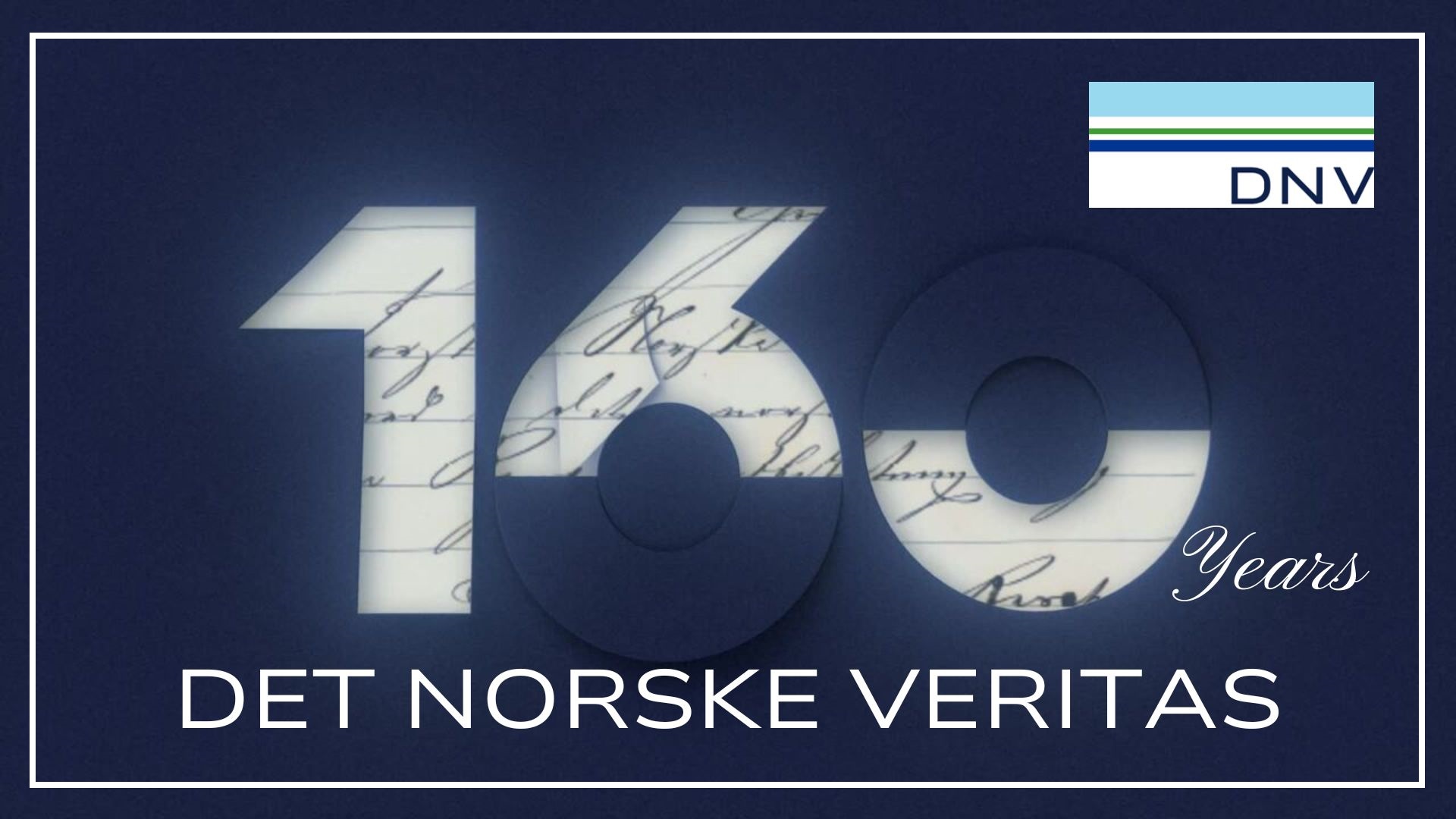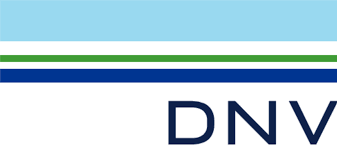
(www.MaritimeCyprus.com) DNV, or Det Norske Veritas, boasts a rich and storied history that spans 160 years of dedication to safety, quality, and sustainability. Established in 1864 in Norway, DNV has evolved into a global leader in providing services for managing risk and ensuring the performance of critical infrastructure. Over the years, the organization has played a pivotal role in shaping industries such as maritime, energy, and healthcare, earning a reputation for its commitment to advancing safety standards and promoting sustainable practices.
DNV's journey has been marked by innovation and adaptation, staying at the forefront of technological advancements to address the ever-changing challenges faced by its clients. With a global presence and a diverse range of expertise, DNV continues to navigate the complex landscape of risk management, contributing to the development of safer and more sustainable solutions for a rapidly changing world. As it celebrates its 160th anniversary, DNV stands as a testament to the enduring legacy of excellence and integrity in its pursuit of safeguarding people, assets, and the environment.

DNV through the years:
1864
DNV (Det Norske Veritas) is founded as a membership organization in Oslo, Norway by mutual marine insurance clubs. They establish a uniform set of rules and procedures to assess the condition and seaworthiness of vessels, so that risk can be managed and the right insurance premium set for both ships and their cargo.
1867
Three years later in Hamburg, Germany, a group of 600 ship owners, shipbuilders and insurers gathered to found Germanischer Lloyd (GL). (In 2013, DNV and GL merge, and the company changed its name to DNV GL, but was renamed to DNV in 2021).
1888
DNV first surveyor is posted in China. Ten years later DNV opens their first office in the US and expand their presence to ports across the globe.
1914
DNV is at the first meeting of what was to become the International Treaty on the Safety of Life at Sea held as a result of the sinking of the Titanic.
1953
DNV establishes a research department and start pioneering an analytical and scientific approach to ship building. A scientific approach that has become ingrained in how DNV works with innovation and risk management to provide impartial assurance and advise on safety, quality, efficiency, and sustainability.
1969
DNV buys the largest computer in Norway and develops the first software solution for design and optimization of ships and offshore structures.
1970
Oil and gas is discovered in the North Sea, and DNV knowledge about waves, materials and structural integrity, becomes even more valuable. They use their experience and technological competence to develop verification, inspection and risk management services and are assigned most of the building supervision and inspection on the Norwegian continental shelf.
1976
The world’s first pipeline rules are published by DNV. By 2008, 65% of all offshore pipelines in the world are built to DNV standards.
1977
Wind energy is introduced as a new business segment. This, and other climate-friendly service areas grow from a strong, research-driven technology base. New rules for wind turbine design are developed. By 2007, 70% of all offshore wind farms are certified by DNV.
1987
The ISO 9000 quality management standards are introduced, and DNV becomes one of the leading companies to certify corporations’ quality and environmental management systems. This takes DNV into a wide range of industries, and expand their global footprint.
1994
DNV starts certifying medical devices in the EU.
2008
DNV becomes the first to break a near monopoly in the US by being authorized to certify quality standards in US hospitals and help them improve patient care. Today, DNV has certified around 6,000 healthcare organizations.
2010
More than 6,000 food and beverage companies are certified by DNV. That has grown to 11,000 today.
2012
Electrification of industry and society is really accelerating. DNV acquires KEMA and becomes a globally leading advisor and certifier of cleaner energy, power generation, transmission and distribution.
2013
DNV joins forces with Germanischer Lloyd (GL) and becomes the world’s leading classification society. At this point, 1 in 4 classed ships were built to their technical rules and standards. The merger also makes them the number one global provider of certification and advisory services to energy sector.
2017
DNV launches Veracity in 2017, an independent platform and marketplace for industry data. Also, at this point, more than a million people use their wide range of industrial software solutions. 2020 In response to the COVID pandemic, DNV scales up their digital services, remote audits, drone inspections, and AI capabilities.
2023
DNV becomes one of the fastest-growing providers of cyber security services in Europe.
Today, DNV has 15,000 experts operating in more than 100 countries – inspired by a common purpose to safeguard life, property, and the environment.

Source: DNV














